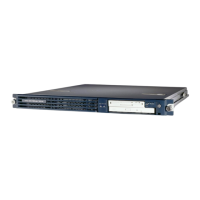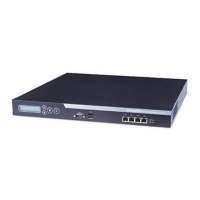7-114
Cisco Unified Communications Manager Managed Services Guide
OL-22523-01
Chapter 7 Cisco Management Information Base
CISCO-CCM-MIB
For Linux and Cisco Unified CM Releases 5.x, 6.x, 7.x
Collect the following logs and information for analysis:
• SNMP Master Agent (Path : /platform/snmp/snmpdm/*)
• Cisco CallManager SNMP Service (Path : /cm/trace/ccmmib/sdi/*)
• The files can be collected using TLC ( Real Time Monitoring Tool (RTMT) ) or CLI by using the
following command:file get activelog <path mentioned above>.
• All the files in /usr/local/Snmpri/conf folder. (This is possible only if ROOT/REMOTE login is
available)
• The 'ls -l' listing of the above folder. (This is possible only if ROOT/REMOTE login is available)
• Collect Perfmon logs. Execute the following CLI command: file get activelog /cm/log/ris/csv/).
• Details of the set of actions performed that resulted in the issue.
• Ccmservice logs. Execute the following CLI command: file get activelog
/tomcat/logs/ccmservice/log4j/.
• Collect the SNMP package version. Use the show packages active snmp CLI command.
• Get the MMF Spy output for Phone. Use the show risdb query phone CLI command.
RouteListExhausted
1. Create a Route Group (RG) that contains one
gateway.
2. Create a Route Group List (RGL) that
contains the RG that was just created.
3. Create a Route Pattern (9.XXXX) that routes
a 9XXXX call through the RGL.
4. Unregister the gateway.
5. Dial 9XXXX on one of the phones.
6. Check that a RouteListExhausted
Alarm/Alert/Trap is generated.
MaliciousCallFailed
1. Similar to QRT, create a softkey template. In
the template, add all available
“MaliciousCall” softkey to the phone
different status.
2. Assign the new softkey template to actual
phones; reset the phones.
3. Make some calls and select the
“MaliciousCall” softkey in the phone screen
during or after the call.
4. Check that a “MaliciousCallFailed”
Alarm/Alert/Trap is generated.
Table 7-5 How to Check CISCO-CCM-MIB SNMP Traps (continued)
Trap Verification Procedure

